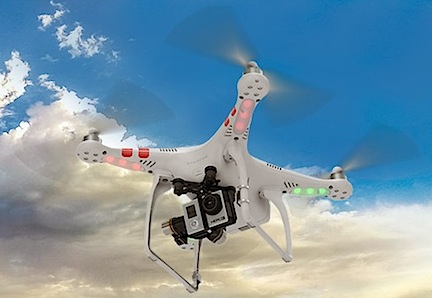I take a peek at my wintering bees and get good and bad news.
Full sun is back on my property up at the base of the Malaga cliffs and my beehives are getting direct sun on them several hours a day again — at least when the sun is out. I was there midday on Friday when full-sun temperatures at my place were at least 45°F. I saw a few bees buzzing around two of my hives — including the one I considered weakest.
I decided to take a few minutes and peek inside the hives. I wound up opening only two of the three hives.
Original Hive
The first hive I opened was my original hive, begun with a nuc in the beginning of June 2012. Over the course of the season, the hive had developed a serious mite problem that I combatted with drone frames and, late in the season, medication. If I were to put my three hives in order of strength, I would rate this #2 — neither strongest nor weakest. It had a good population and I added both sugar water and a food patty via a top feeder before closing it up for the winter.
It was very difficult to get the hive open. I think it was a combination of a great deal of propolis between boxes and the cold weather. When I finally got the feeder box off, I saw mostly empty frames with a scattering of dead bees. Although I was unable, due to the cold, to remove any of the frames, I’m quite certain that there are not any live bees inside the hive. There were, however, frames with plenty of honey so I know that they did not starve to death.
Hive Spit
The second hive that I opened was a hive split taken from that original hive in July. The split had never been very healthy and it had the same mite problem that the original hive had. Because it was my weakest hive, it was also the one that I took to the Chelan County Fair in my observation hive. I did not have very high hopes for its survival over the winter. I had prepared it with several full frames of honey and a frame feeder. When I closed the box up for the winter, it was only one deep box tall.
I was very surprised, therefore, to see many live bees when I opened the outer cover and pulled away the Styrofoam insulation I had put in just beneath it. I did not pull off the inner cover; I merely peeked in the oval opening and saw a lot of moving bees. I added a food patty to the top of the inner cover, put some more of the insulation around it, and put the outer cover back on. I didn’t see any reason to further disturb the bees, especially when it was still so cold out.
Swarm Hive
My third hive was a swarm capture from June. It was my strongest hive. Like my first hive, it had a top feeder with sugar water and a food patty. I did not bother to open it. But I did see bees at the entrance and suspect things are still buzzing inside.
Upcoming Weather
We’ve had a relatively mild winter so far. Other than some bitterly cold days in early December, temperatures in the area have hovered around freezing for the rest of that month and all throughout January.
Things are forecasted to change this week, with more bitter cold temperatures, possibly getting into the single digits during the night and staying below 30°F most days, at least for the foreseeable future. Direct sunlight on my beehives during sunny days should give them relief — at least during the day — from the bitter cold. I’m hoping my two remaining hives can survive the coming cold weather.
I’m also hoping that we get at least one more extraordinarily warm day sometime within the next two weeks. I’d like to pull the tops off both of my surviving hives and check on food stores, possibly replacing empty frames with full ones from the dead hive. I have a 2-month trip coming up and although I toyed with the idea of taking my bees with me — after all, I am going to California’s almond country — it makes more sense to leave them behind. I’d like to get them set up for their best chances of survival before spring finally arrives.

 The Phantom 2 Quadcopter with a GoPro Hero attached. This aircraft can weigh nearly 3 pounds. How’d you like to get hit on the head with that dropping from 400 feet?
The Phantom 2 Quadcopter with a GoPro Hero attached. This aircraft can weigh nearly 3 pounds. How’d you like to get hit on the head with that dropping from 400 feet?





